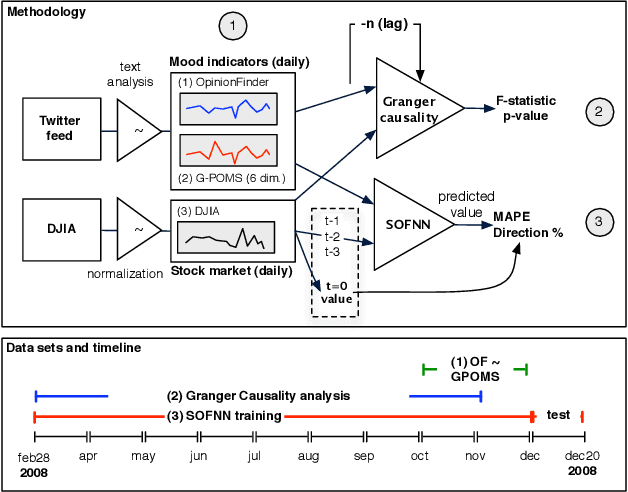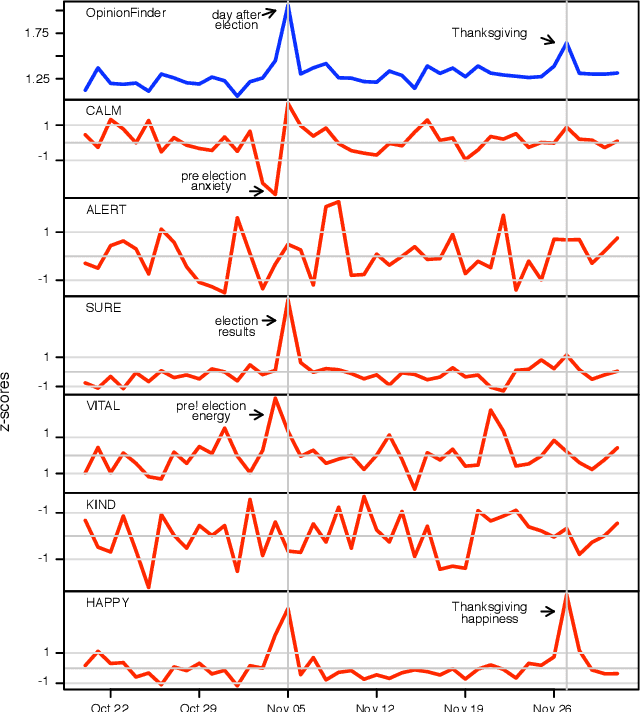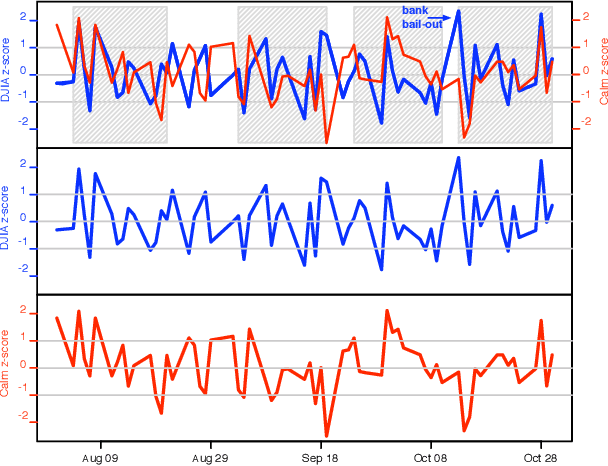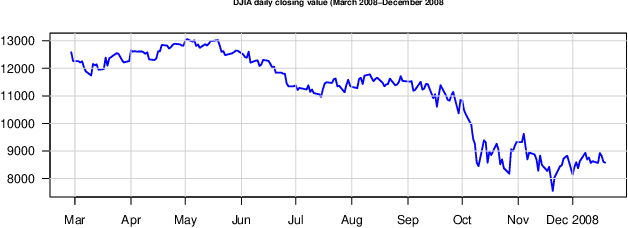Huina Mao
Towards Open-Source and Modular Space Systems with ATMOS
Jan 28, 2025



Abstract:In the near future, autonomous space systems will compose a large number of the spacecraft being deployed. Their tasks will involve autonomous rendezvous and proximity operations with large structures, such as inspections or assembly of orbiting space stations and maintenance and human-assistance tasks over shared workspaces. To promote replicable and reliable scientific results for autonomous control of spacecraft, we present the design of a space systems laboratory based on open-source and modular software and hardware. The simulation software provides a software-in-the-loop (SITL) architecture that seamlessly transfers simulated results to the ATMOS platforms, developed for testing of multi-agent autonomy schemes for microgravity. The manuscript presents the KTH space systems laboratory facilities and the ATMOS platform as open-source hardware and software contributions. Preliminary results showcase SITL and real testing.
Happiness is assortative in online social networks
Mar 03, 2011Abstract:Social networks tend to disproportionally favor connections between individuals with either similar or dissimilar characteristics. This propensity, referred to as assortative mixing or homophily, is expressed as the correlation between attribute values of nearest neighbour vertices in a graph. Recent results indicate that beyond demographic features such as age, sex and race, even psychological states such as "loneliness" can be assortative in a social network. In spite of the increasing societal importance of online social networks it is unknown whether assortative mixing of psychological states takes place in situations where social ties are mediated solely by online networking services in the absence of physical contact. Here, we show that general happiness or Subjective Well-Being (SWB) of Twitter users, as measured from a 6 month record of their individual tweets, is indeed assortative across the Twitter social network. To our knowledge this is the first result that shows assortative mixing in online networks at the level of SWB. Our results imply that online social networks may be equally subject to the social mechanisms that cause assortative mixing in real social networks and that such assortative mixing takes place at the level of SWB. Given the increasing prevalence of online social networks, their propensity to connect users with similar levels of SWB may be an important instrument in better understanding how both positive and negative sentiments spread through online social ties. Future research may focus on how event-specific mood states can propagate and influence user behavior in "real life".
* 17 pages, 9 figures
Twitter mood predicts the stock market
Oct 14, 2010



Abstract:Behavioral economics tells us that emotions can profoundly affect individual behavior and decision-making. Does this also apply to societies at large, i.e., can societies experience mood states that affect their collective decision making? By extension is the public mood correlated or even predictive of economic indicators? Here we investigate whether measurements of collective mood states derived from large-scale Twitter feeds are correlated to the value of the Dow Jones Industrial Average (DJIA) over time. We analyze the text content of daily Twitter feeds by two mood tracking tools, namely OpinionFinder that measures positive vs. negative mood and Google-Profile of Mood States (GPOMS) that measures mood in terms of 6 dimensions (Calm, Alert, Sure, Vital, Kind, and Happy). We cross-validate the resulting mood time series by comparing their ability to detect the public's response to the presidential election and Thanksgiving day in 2008. A Granger causality analysis and a Self-Organizing Fuzzy Neural Network are then used to investigate the hypothesis that public mood states, as measured by the OpinionFinder and GPOMS mood time series, are predictive of changes in DJIA closing values. Our results indicate that the accuracy of DJIA predictions can be significantly improved by the inclusion of specific public mood dimensions but not others. We find an accuracy of 87.6% in predicting the daily up and down changes in the closing values of the DJIA and a reduction of the Mean Average Percentage Error by more than 6%.
 Add to Chrome
Add to Chrome Add to Firefox
Add to Firefox Add to Edge
Add to Edge